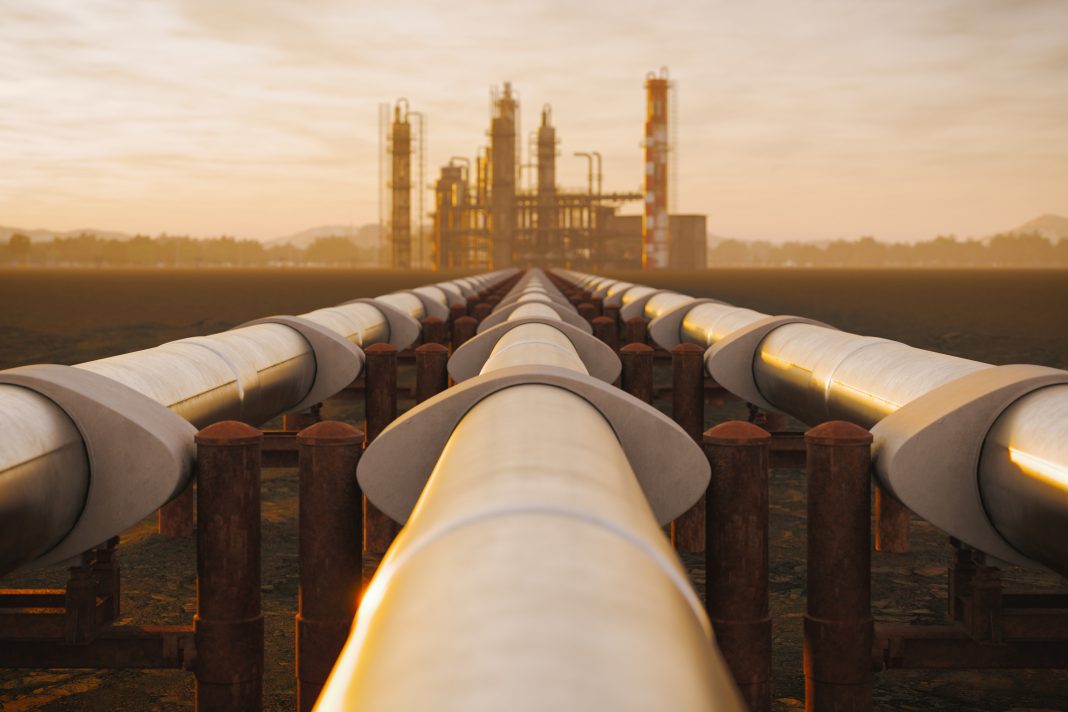The energy crisis is now affecting millions of people, and we can’t afford to lose more – how could digitisation help reduce our energy waste?
The International Energy Agency (IEA) declared in October 2022 that the world was in the midst of its “first truly global energy crisis”. Soaring energy and food prices, combined with volatile supply issues and rising inflation, has caught consumers globally by surprise
In different parts of Europe, energy costs have quadrupled, and supply shortages have led to the risk of potential blackouts. Energy is now a precious commodity, and we need to make the most of it.
Currently, the majority of the advice given is focused on reducing consumption through basic measures like turning down thermostats, taking colder showers, washing clothes at lower temperatures, or avoiding energy use during peak times. While important measures nonetheless, with 60% of the energy currently lost or wasted, demand efficiency should be our first priority.
60% of our energy is lost or wasted
In 1990, Amory Lovins introduced the concept of the ‘negawatt revolution’. Companies were encouraged to save energy by making smart swaps and, as a result, make considerable savings.
Energy efficiency is the best energy policy for nations, businesses, and the environment, according to Lovins. In fact, the best and cheapest watt is the one we don’t consume, and energy efficiency is often overlooked when attempting to reduce pressure on demand.
But you need to be able to see and measure energy waste before you can start tackling it.
That’s where digitisation comes to play. Firstly, digital tools monitor, visualize and manage energy production, distribution and consumption, making the invisible visible. Secondly, we can leverage the data to optimize energy use and eliminate any waste whether that’s in grids, factories, data centres, buildings, transport systems, or our homes.
We can leverage the data to optimize energy use and eliminate any waste
In addition, digital technology has a faster yield and stronger insulation than other methodologies. We estimate a quick return on investment of just one to three years with digitisation, while smart building technologies typically deliver a 30% reduction in energy usage and similar savings in operational costs.
So where do we get started in reducing energy waste?
Armed with existing technologies, here are three key areas that could be tackled straight away.
1. In buildings
Buildings are already responsible for approximately 40% of annual global CO2 emissions and climate change has driven demand for cooling and air conditioning. But with soaring energy prices and energy security at risk, saving energy and cutting carbon emissions in tandem help mitigate risks and are critical for building managers and homeowners.
Studies show that accepting digitisation, energy management solutions in buildings can reduce carbon emissions by 20-30%. These energy-saving technologies leverage the power of smart, clean electricity through digitisation – what we call Electricity 4.0.
2. In homes
A third of European homes and almost half of those in the U.S. still rely on gas for heating. However, in light of the energy crisis and recent climate legislation, the move to smarter and greener alternatives is picking up pace.
Installing and operating smart heating systems, solar panels and electric heat pumps with home energy management apps (such as Wiser by Schneider Electric) is how consumers are starting to control their energy bills. Residents can now decide which room to heat. They can even use weather forecasting to automatically decide when to turn on or off the heating to avoid generating waste.
Such technologies, combined with households increasingly generating their own energy to live more sustainably will be critical in the fight against price hikes and strengthen our energy infrastructure resilience. But this “at-home” energy revolution will only be successful if all homes harness the power of energy-saving digital technologies, and support from governments will also be vital to incentivise adoption and close the energy poverty gap.
3. In grids
The notion of a single, one-directional grid powered solely by large fossil fuel producers is becoming a thing of the past. Digital technologies now make them bidirectional, resilient, and capable of balancing demand anywhere.
Generating energy closer to where it is consumed reduces energy waste
Using more locally generated, decentralized and renewable energy sources in microgrids will also be key for the grids of the future. Generating energy closer to where it is consumed, helps to efficiently combine multiple incoming power sources safely and reliably, and reduces energy wasted across transmission lines.
Despite the availability of ready-to-go solutions in the market, the rate of global improvements to energy-saving measures was the slowest in a decade in 2020. And with energy security becoming a serious concern for us, the time for action is now. If not, we risk exacerbating the energy crisis and failing to meet critical emissions targets.
The current energy crisis may well be the catalyst we need for much-needed action
The world’s long-term decarbonization will depend on two prongs. The first half, which is already widely accepted, will come from switching to clean energy. The other half will come from increased electrification (the ability to run more on this clean energy) and from eliminating energy waste. The current energy crisis may well be the catalyst we need for much-needed action on curbing energy demand.
By arming ourselves with the digital technologies to fight every energy efficiency battle, we can avoid wasting energy, build up resilience and reach low carbon energy independence much quicker – all of which are benefits, both environmentally and economically, in the long run.
Olivier Blum, EVP Energy Management, Schneider Electric
Editor's Recommended Articles
-
Must Read >> Is the world in the midst of an energy crisis?














